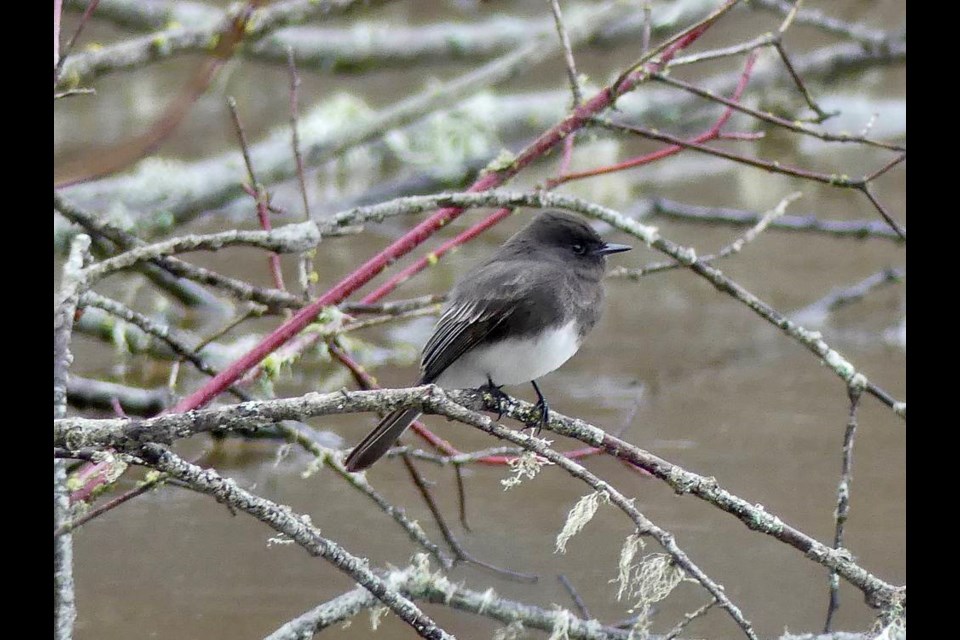Victorians feeling cooped up by COVID-19 have been flocking to bird events, including the annual Christmas Bird Count, held last year on Dec. 19.
The pandemic has meant many more people staying home and searching for activities that involve social distancing. Many have turned to bird watching, either by just looking out of their windows or being more aware of birds while taking a walk.
“People who got outside for some exercise started taking notice of the birds around them — and began asking questions,” said Ann Nightingale, director at the Rocky Point Bird Observatory. “This has led to a great increase in the number of people who have listened to our podcasts and joined our online presentations on Zoom.”
In the last year the non-profit organization has had more than 100 participants in its presentations, a noticeable increase from its in-person gatherings before the pandemic.
The uptick in interest in birding was reflected in this year’s Christmas Bird Count.
The annual bird counts started in 1900 and take place in more than 2,000 locations in the Western Hemisphere.
In Greater Victoria, the count is hosted by Victoria Natural History Society with the Rocky Point Bird Observatory.
Typically novice birders team up with more experienced bird-lovers, with teams of four to eight people, to identify and count hundreds of different birds encountered over the course of a day at the same time every year.
With social-distancing guidelines around COVID-19, the count this winter was performed by teams comprised of individuals, couples and family groups. The smaller number of volunteers meant teams had to cover more areas — which nobody objected to.
Greater Victoria was divided into 21 land and three offshore zones. An army of 270 individuals counted close to 91,000 birds, identifying 143 species, which was eight more than 2019.
The highlight of this year’s count was the spotting of a Black Phoebe (Sayornis nigerians), a bird in the flycatcher family.
Common in California and Oregon, the sighting of a Black Phoebe here in winter might be the sign of its expansion north.
Another spotting, of a Townsend’s Solitaire in the University of Victoria/ Cadboro Bay area, was “a once-in-eight to 10-year” event, said Nightingale, who was also the coordinator for the bird count.
Missing in this year’s count was a solitary Eastern Blue Jay. The brightly coloured bird had been spotted recently by other birders, but was elusive during this count.
Although there were cancellations due to COVID-19, on Vancouver Island and the Gulf Islands there were counts in Nanaimo, Duncan, Port Alberni, Sooke, Sidney-South Salt Spring Island, Pender (including Mayne and Saturna) Island, Parksville-Qualicum Beach, Lesquiti Island, Galiano-North Salt Spring, Comox, Cortez Island and Campbell River.
“People are finding birding can be a great pastime — perhaps more so during a pandemic,” said Nightingale.



